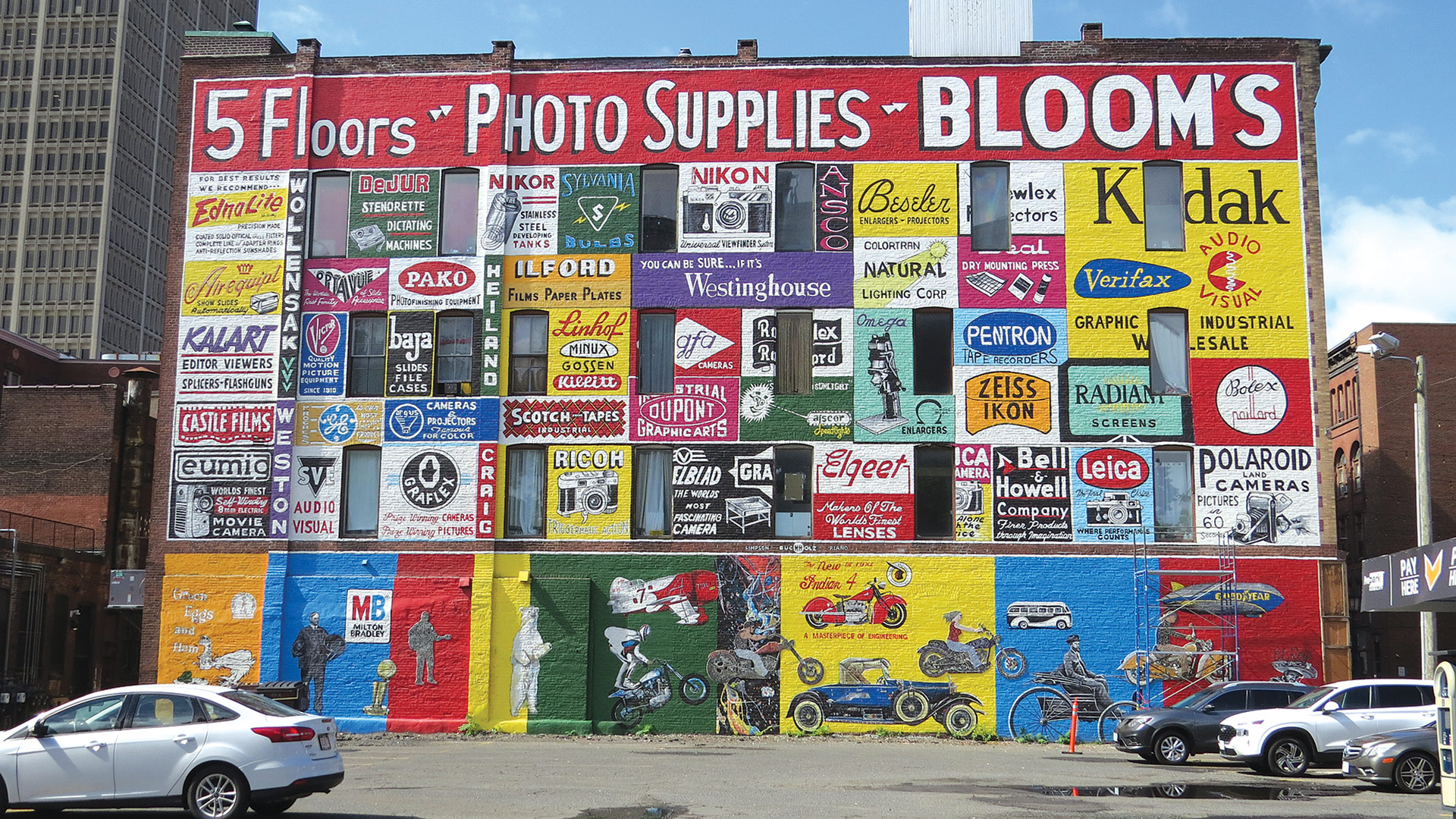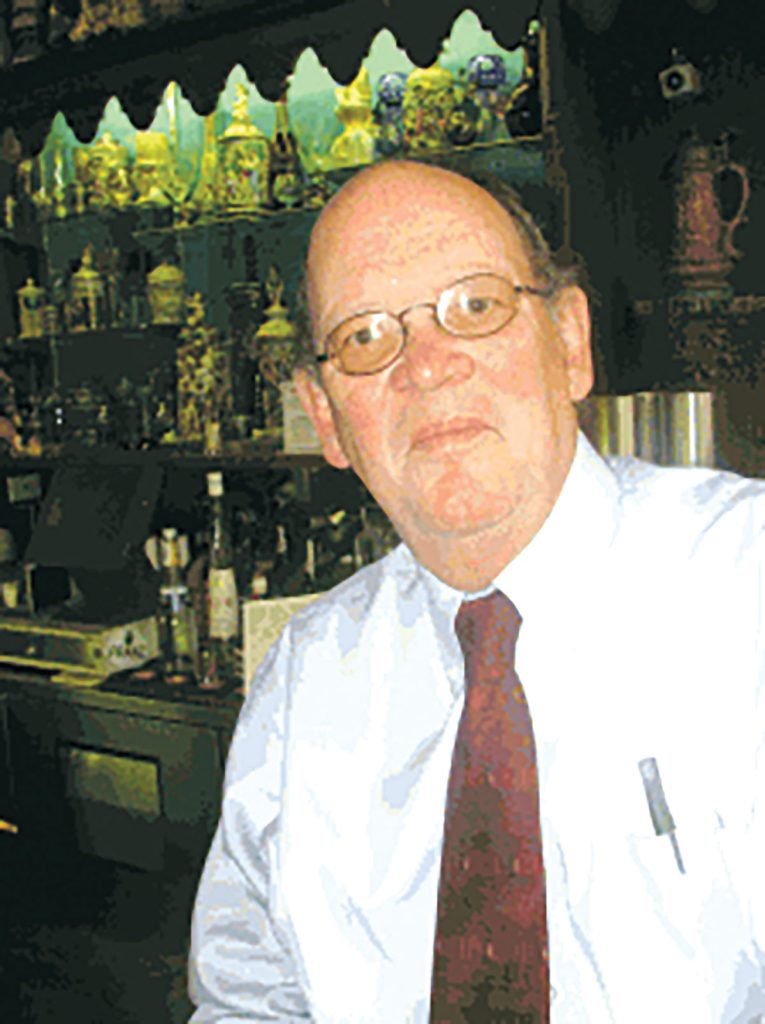Editorial
Just about all the dust has settled from this November’s election — finally, and thankfully. And now is the time for analysis.
And while much of the focus is on the national scene and what the results from this midterm election mean moving forward, what happened in the Bay State, where there was no suspense, is also intriguing and worthy of note.
In short, it was a milestone day for women — and the state itself.
Indeed, women won five of the six state-wide seats up for grabs. Maura Healey, the first woman elected governor of the Commonwealth (and the first openly lesbian governor in the U.S., a milestone she shares with Oregon Gov.-elect Tina Kotek), garnered much of the attention, but she was only part of the story.
Healey’s running mate, Salem Mayor Kim Driscoll, was elected lieutenant governor; Deb Goldberg was re-elected treasurer; Andrea Campbell became the first Black person elected attorney general; and Diana DiZoglio was elected auditor.
Longtime state Auditor Bill Galvin was the only man to win statewide office, and he defeated a woman, Rayla Campbell, in doing so.
So what does all this mean? First of all, more women are being elected to these offices because more women are running for these offices, which is a very positive step forward.
Before Tuesday, only nine women had served in the constitutional offices in the state’s history, and that’s largely because comparatively few women had the desire, the wherewithal, the confidence, and, in many cases, the support to seek such offices.
All that has changed in recent years, and we’re seeing it not just with statewide offices, but local offices as well. Michelle Wu became the first woman elected mayor of Boston this past year, and locally, several cities now have women in the corner office, including Easthampton and Pittsfield.
There are many reasons why more women are stepping forward and running for office, including a host of leadership programs, including several locally that encourage individuals to get involved, be active in their cities and towns, and, yes, take leadership roles.
Whatever the reason, getting more women — and more people of color and people with diverse backgrounds — involved in government, on both the local and statewide levels, can only be good for everyone involved because it means that more voices, and different kinds of voices, are being heard.
We’ve seen this in business, of course, and with very positive outcomes. Today, more women are sitting on the boards of major companies and nonprofits, more women are leading companies, and more women are taking leadership positions in realms once dominated by men, including construction, architecture, and even IT, although that is one sector where women are still looking to break through in large numbers.
Someday, perhaps not that far into the future, seeing women take five of the six — or even all six — of the Commonwealth’s constitutional offices won’t even be newsworthy. It’s only newsworthy now because it’s never happened before.
And it’s very positive news indeed, and a huge step forward for Massachusetts and all its residents.



 The scaffolding has come down from the five-story wall on Worthington Street facing Stearns Square after a lengthy process of restoration and completion of a new mural undertaken by artist John Simpson.
The scaffolding has come down from the five-story wall on Worthington Street facing Stearns Square after a lengthy process of restoration and completion of a new mural undertaken by artist John Simpson.


